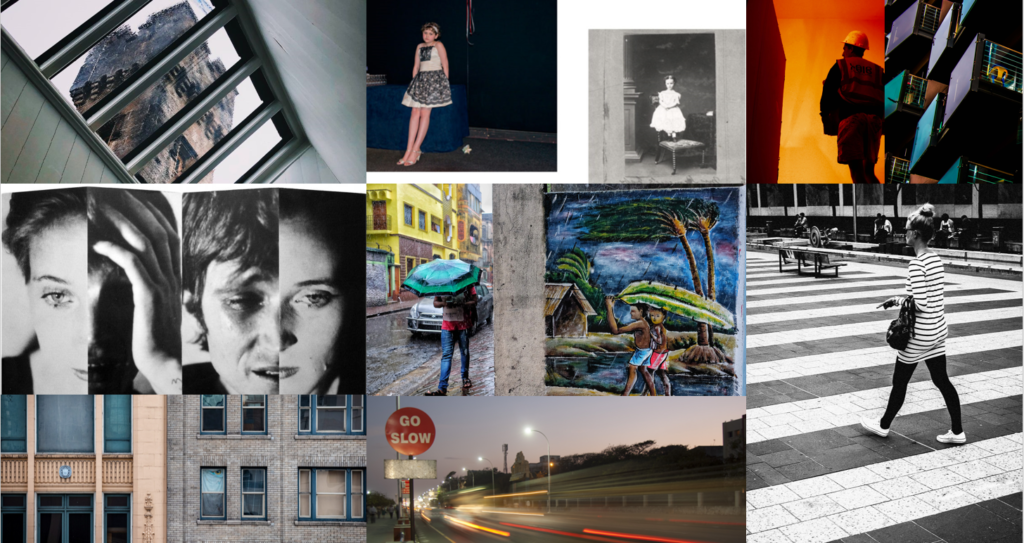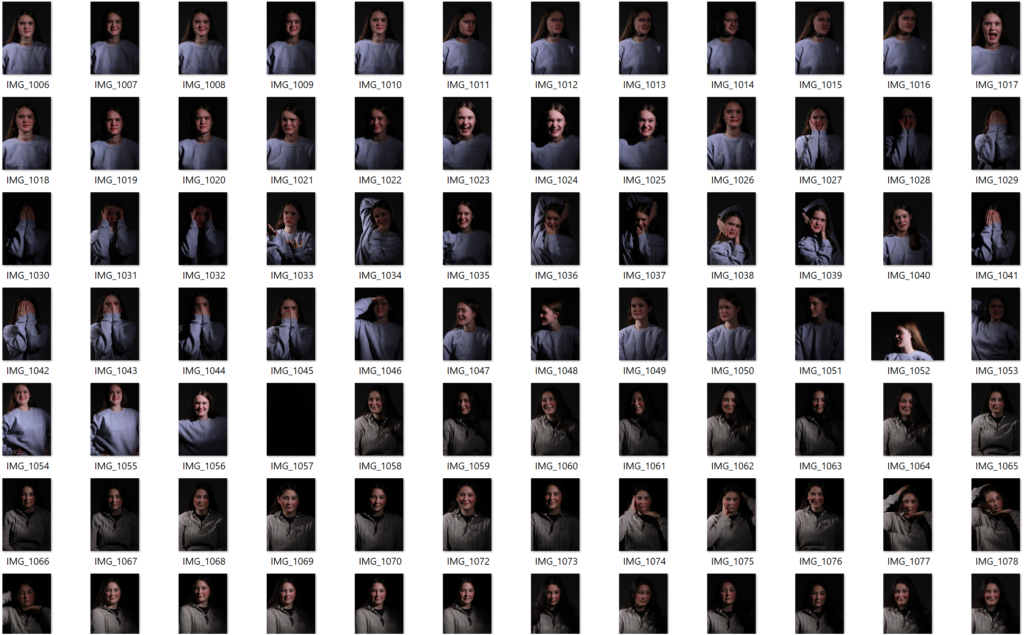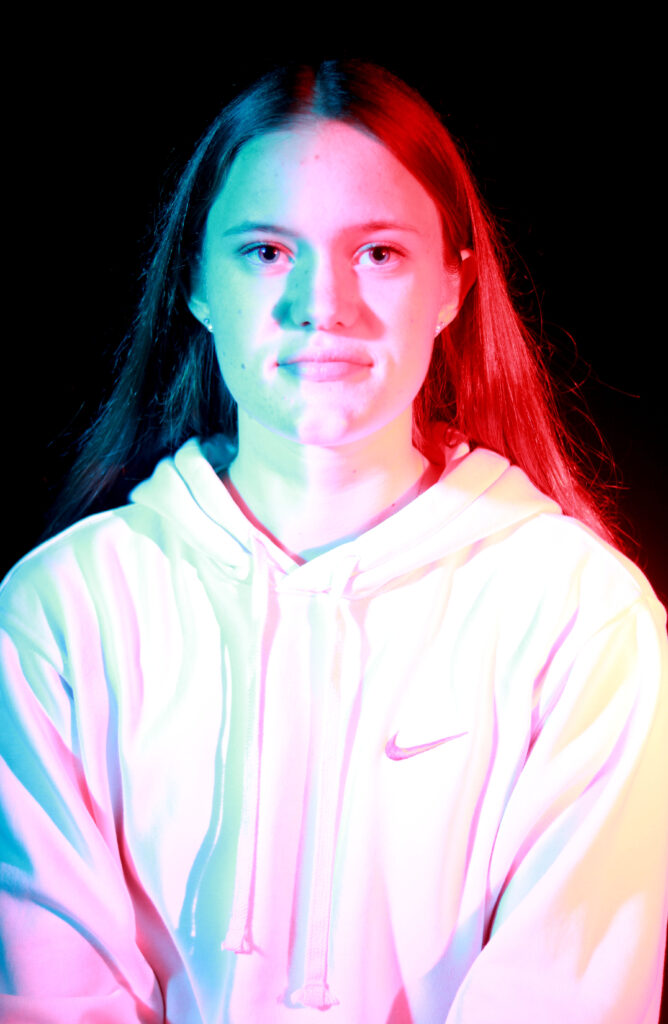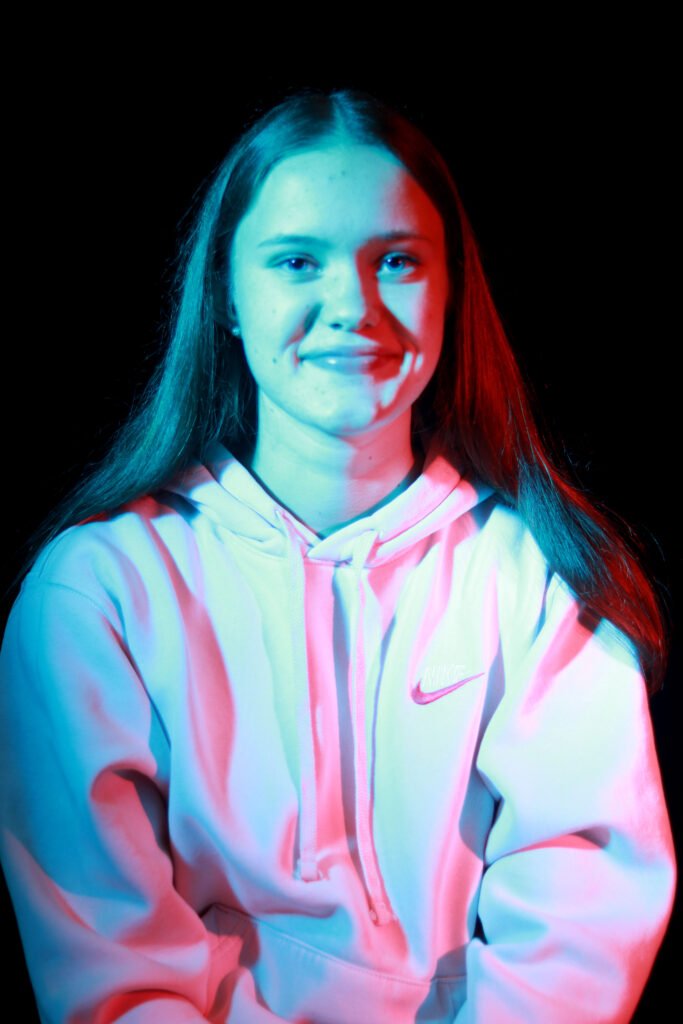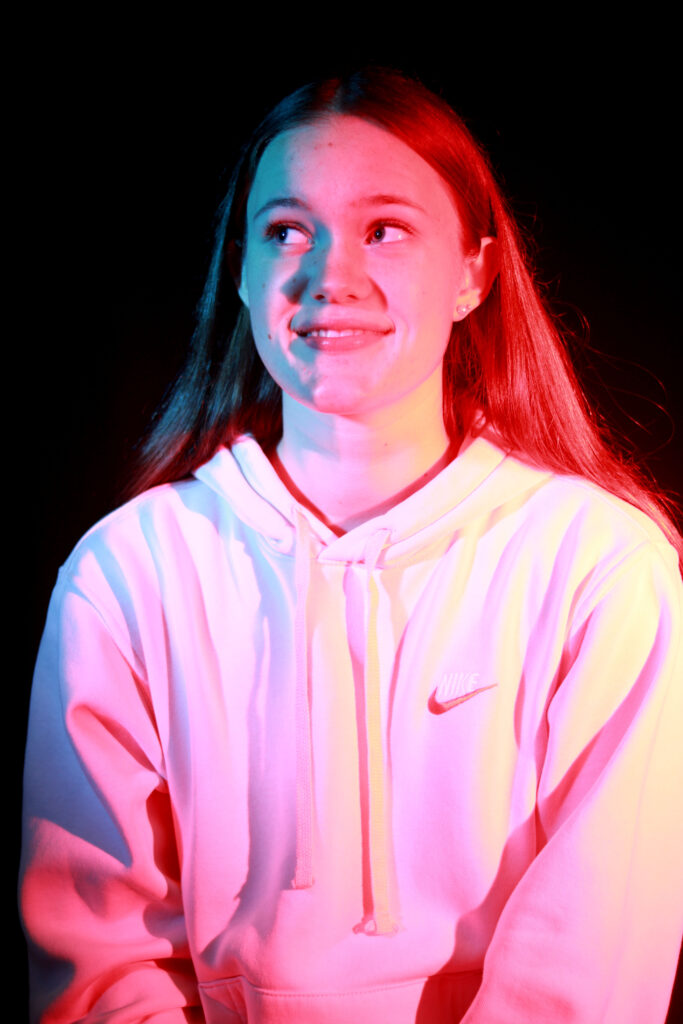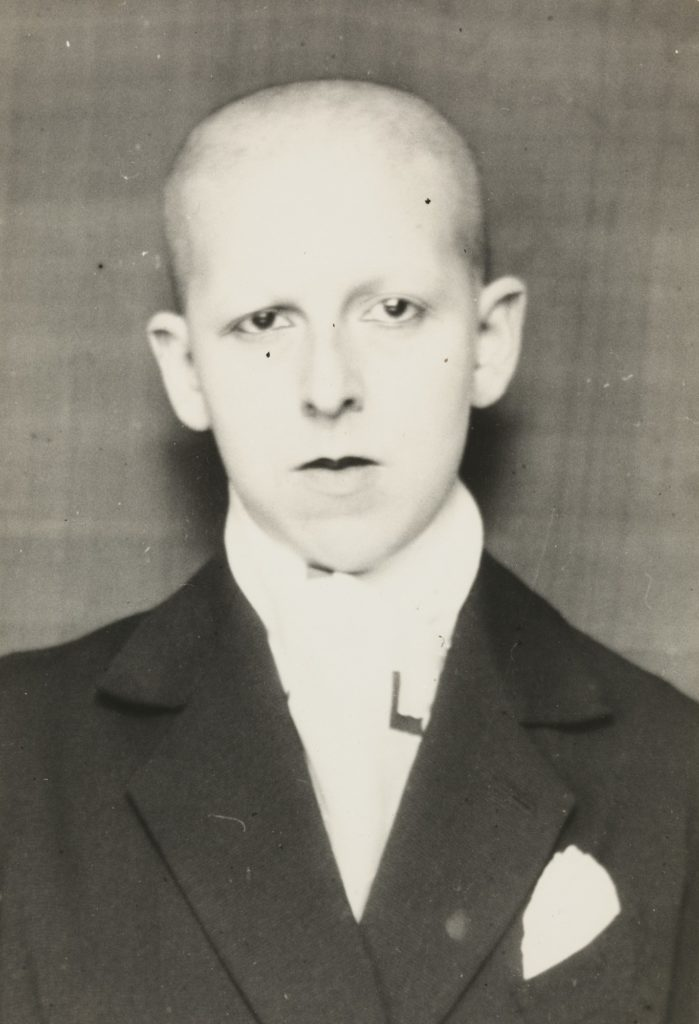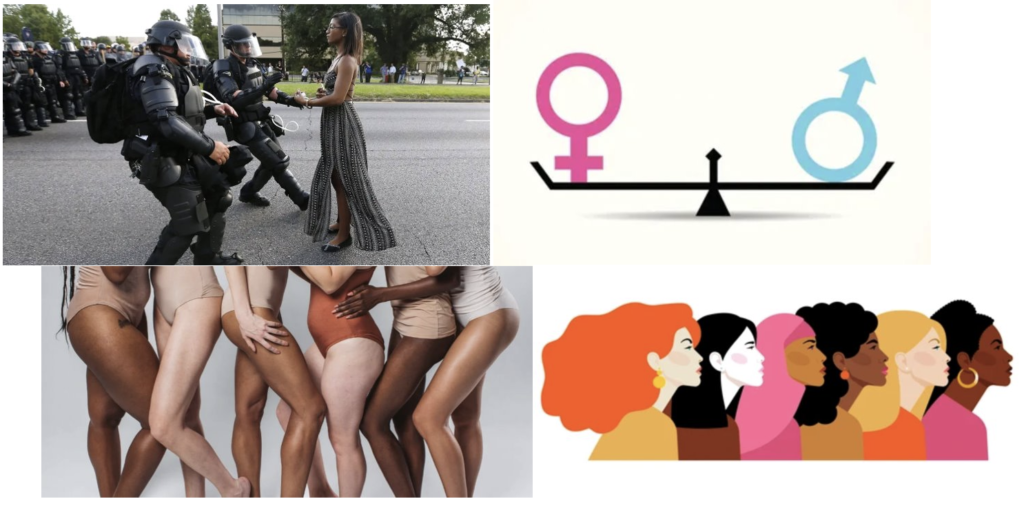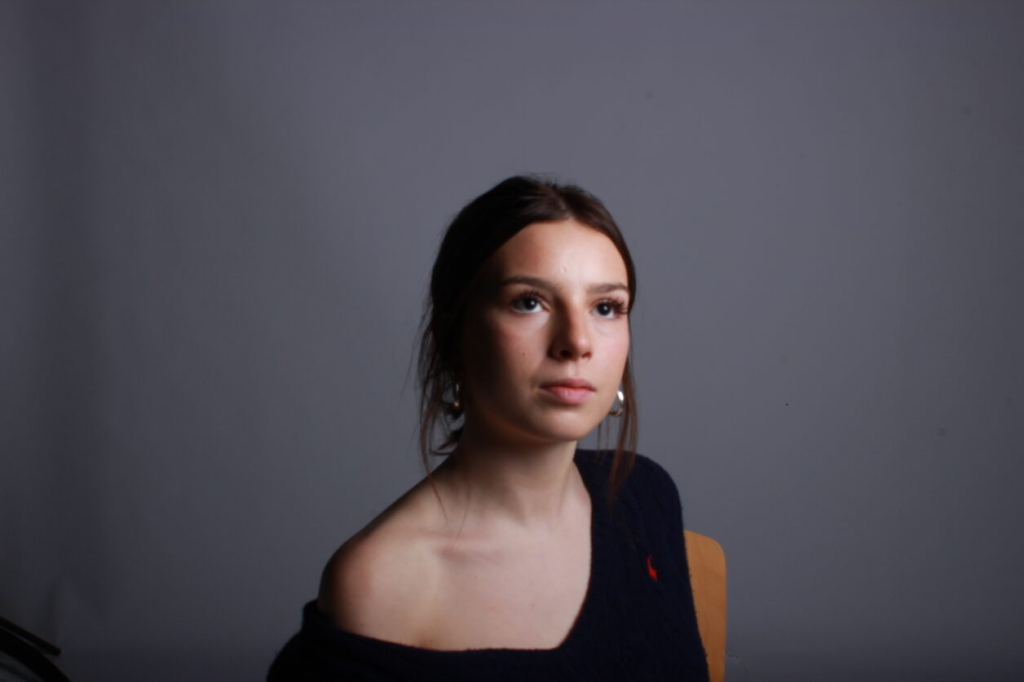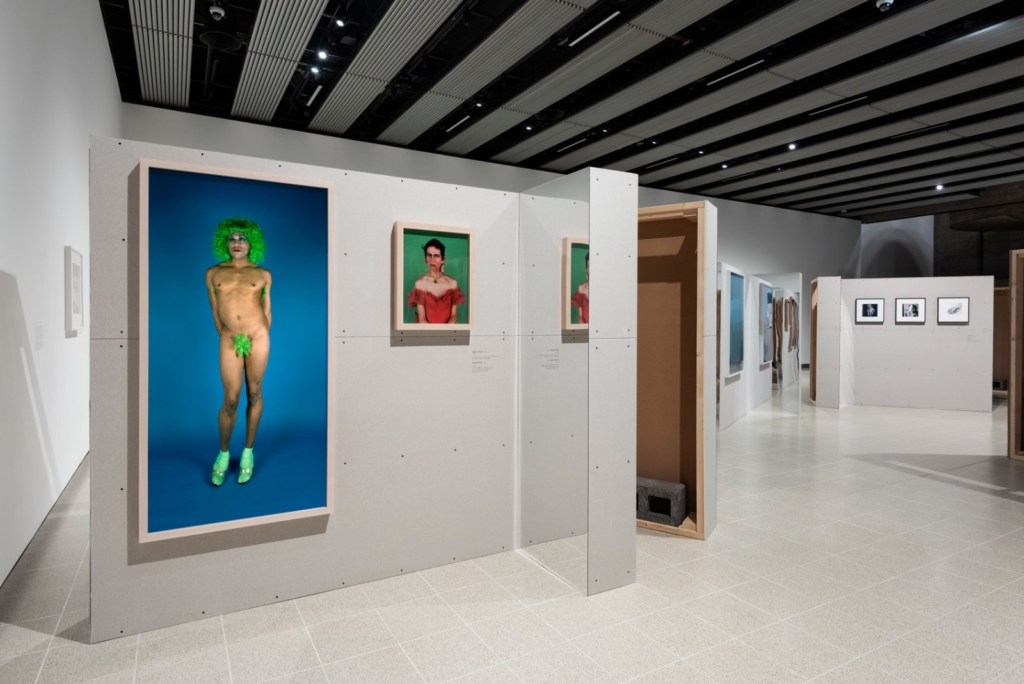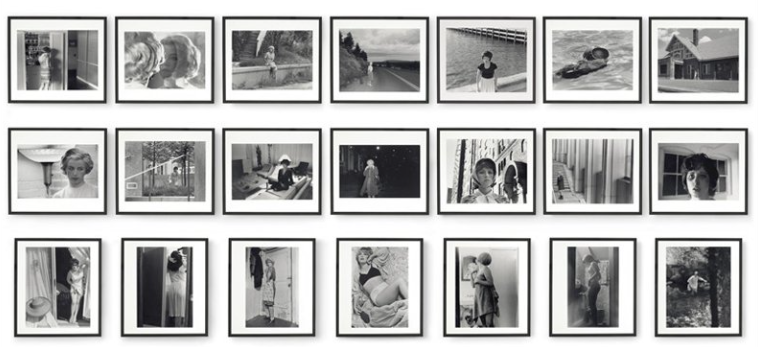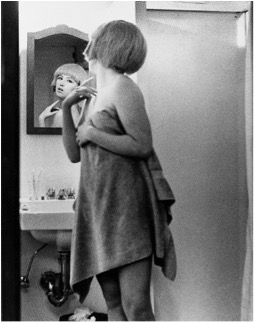What is the definition of Femininity?
Femininity is generally defined as the attributes, behaviours and characteristics of women or girls. The most prominent example can be seen with the stereotypical traditional association of the colour pink, being highly regarded as a ‘feminine colour’.
(Barbie, 2023 – Ryan Gosling and Margot Robbie – actors)

What is the definition of Masculinity?
Like Femininity, Masculinity is generally defined as the attributes, behaviours and characteristics of Men and boys. Using the same example, The colour blue is stereotypically associated to be a ‘masculine colour’.
(Donald Glover – Actor & Musician)


What is the definition of Identity?
Defined as being who or what a person or thing is. Identity can vary with culture, environment, gender, politics, and social aspects. Identities alter in different nations and regions having their own appearances and characteristic’s in their population.
An example cultural identity of this can be seen with Māori people from New Zealand. Being an Indigenous Polynesian population, in mainland New Zealand their identities can shown through their appearances, the most well-known one being their cultural tattoos, called Tā moko.
(With Men, It is more common to see the entire face, tattoo’ed as of tradition)

(With Women, The tattoo is usually on the lips and chin)

These further show examples of environmental identity, taking influence from culture and history with these tribal face tattoos dating back pre-European involvement with New Zealand. Additionally their Customs and traditions are associated with cultural identity. The Haka, a ceremonial dance that consists of vigorous movements of rhythmical foot stamping as well as expressive facial expressions, It is performed for various social functions associated with Māori culture.


Social identity, which is when people self-concept are shown through membership in groups, can be found with influential movements of fashion or behaviour. A notable social group associated to the UK are Roadmen. Dressed in all black, and known for being anti-sociable, they’re social appearance is recognisable for those reasons and can be found in urban areas such as London where large groups socially affiliate with each other territory.

With fashion, social identity can be shown through trends and styles. Styles can define someone’s identity with their appearance acting as a insight to their personality.
Styles such as Normcore, explore the deliberate choice of being unremarkable or unfashionable in casual looking clothes, yet creating a noticeable appearance through style.

Gorpcore, which focuses on wearing functional outdoors wear, is usually associated to clothes such as fleeces, Gore-Tex jackets and hiking trousers. Made popular through social media with Celebs such as Frank Ocean spotted or appearing at events wearing gorpcore brands, like Arc’teryx. This helped it become more popular in High fashion with brands such as Balenciaga getting involved with the style. Therefore leaving a large influence on the fashion influencers who build their identity on how they are dressed.
(Frank Ocean – Musician)

(A$AP Rocky – Musician)
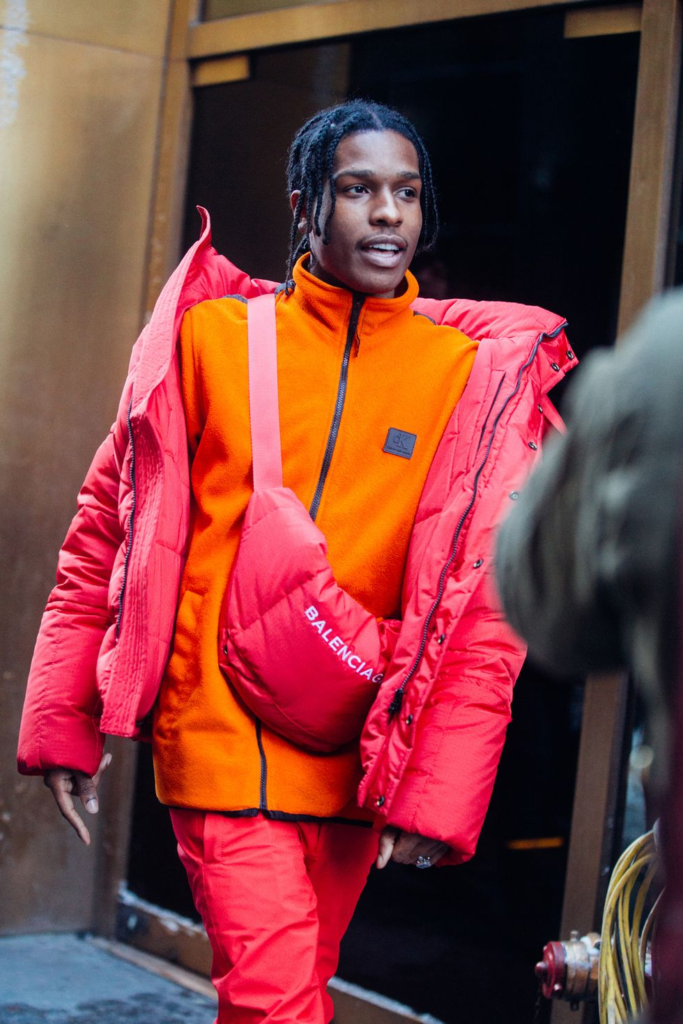
Geographical Identity, which is a groups sense of attachment to their country/region can be shown locally with an example being the Island games. Showing Island recognition for a sporting event, and loyalty to its island through its players, this shows geographical Identity as the island is represented through its population showing their pride.

Identity can also be formed with upbringing, with parents, siblings and relatives playing factors of building personalities. When surrounded by people who you live with, you grow to adapt in your character from aspects of theirs, if you have a parent that shows confident or introverted characteristics, you are more likely to develop those traits. This can also be seen genetically with children being identical to their kids.











